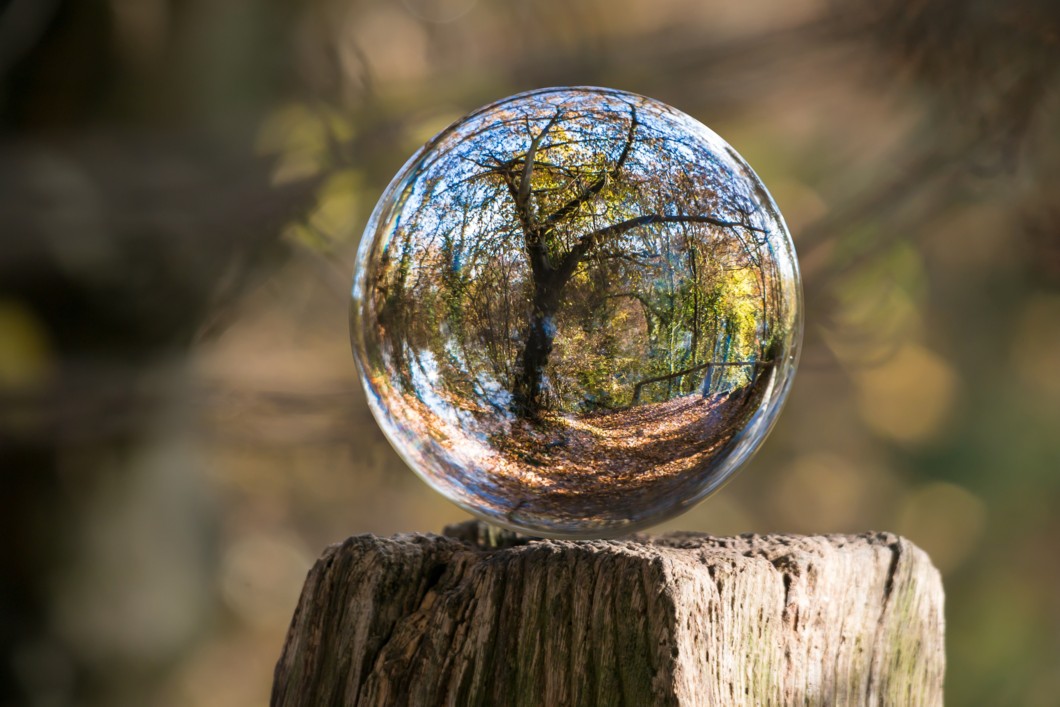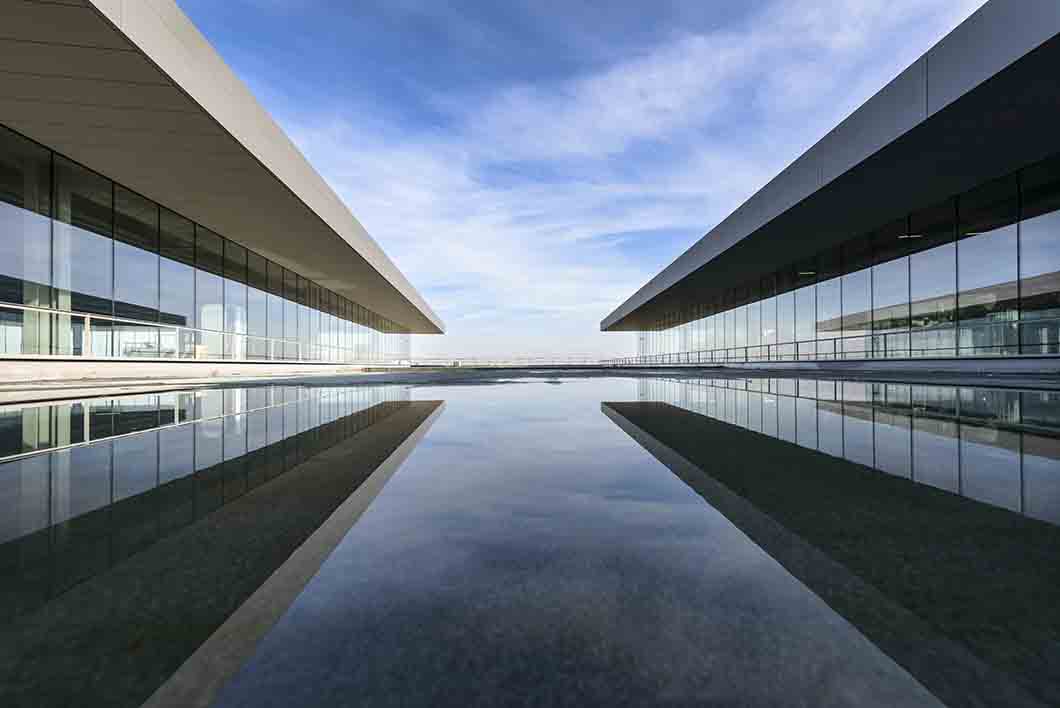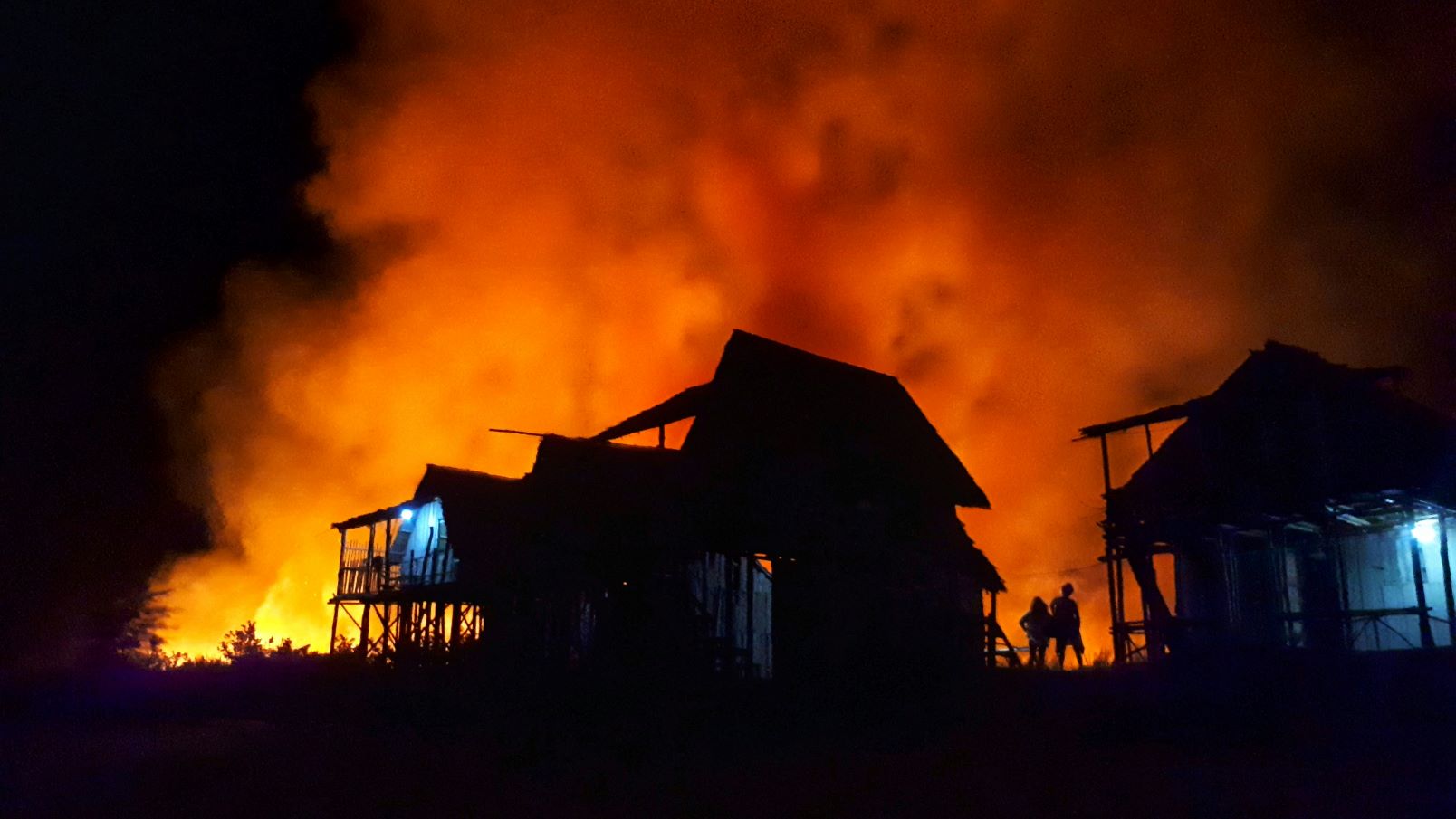

Earth Day 2020 – Reimagining and Rebuilding the Future We Want


By: William Larson and Frank Came
April 22, 2020 – This Earth Day is unlike any other. We are amid a pandemic that has shaken the foundations of our society, our economy, and our survival.
Over the course of a few short months the world as we knew it was slammed by a plague that has claimed countless thousands of lives, crippled the global economy, changed how we live and interact with each other, and more importantly, that has changed our future.
While pandemics have long been a part of human history, the social, economic and environmental impacts of COVID-19 virus suppression measures are beyond anything we have experienced in over a century.
Pandemics can cause economic damage through multiple channels, including short-term fiscal shocks and longer-term negative shocks to economic growth. Like an aggressive cancer, this crisis has brought to a grinding halt the physical and social infrastructures that sustain how we live, work and learn.
A return to the ‘normal’ we once knew will not be quick or easy. In fact, it may never happen, and that is also a reality that must be considered and dealt with appropriately.
But we will get through these uncertain times, and we will learn both from our victories and from our defeats. As Albert Einstein once noted, “Creativity is born from anguish, just like the day is born from the dark night.”
What are the lessons we are learning from the anguish of this current pandemic?
First and foremost, despite our many differences, we have risen as one to the challenge and together we are overcoming this globally threatening disease. In effect, our first lesson is about ourselves.
The second lesson is that we must respect the boundaries of the earth’s natural ecosystems. Pandemics have occurred throughout history and appear to be increasing in frequency, particularly because of the increasing emergence of viral diseases transmitted to humans from animals.
Recent reporting indicates that the COVID -19 virus originated from a careless violation of species boundaries in an open-air meat market in China. This type of spread is known as a “zoonotic” transmission from animal to human. We likely will receive more updates about the source of this disease, but for now, this is all the information we have.
Other pandemics ranging from the Black Death of medieval times to the HIV/AIDS crisis of our generation have also been traced to viruses passed from animal species to humans. We cannot afford to allow this to happen again.
We will clearly require the new vaccines and other life-saving remedies that will emerge from this pandemic to prevent a repeat of its devastating impacts. While this may be of little comfort to the thousands of families (at the time of this writing) that have lost loved ones, it will surely save many other lives in the days and weeks ahead.
We must ensure that our food and potable water supply systems are made safer and more respectful of natural ecosystems and species boundaries. And we must make sure that the leaders of nations large and small are held accountable to make this happen. Some geographic regions with high spark risks where new pandemics are likely to arise lag far behind the rest of the globe in preparedness and response capabilities. They will need our help because their crises could soon become ours as well.
A third important message is that we must build a more resilient future, one more in tune with the natural and changing climate realities ahead.
Every pandemic in recorded history has had common contributing factors that allowed diseases to spread unchecked. Unsanitary living conditions, contaminated water, overcrowded cities, or starvation from the collapse of food supply systems, and the violation of natural eco-systems boundaries, all have imposed devastating impacts on human life.
We must reimagine and rebuild a better and more resilient future so that we can minimize this cycle and reduce the possibility of its recurrence. Where we live, work and learn must be made more resilient, more livable, and more equitable. No one is immune from pandemics. All must be protected.
The past is our first source of insights to guide us. Some of the more important consciousness rediscoveries of today’s generation are rooted in the ancient wisdom of indigenous peoples who have lived in harmony with nature for millennia. Their simple message is that we must respect and protect Mother Earth.
This is much more than faux prophesying or flower power rhetoric. We have more than enough proven scientific evidence that we are living beyond the regenerative capacity of the earth to provide us with adequate food, clean water, breathable air, and safety from the extremes of weather.
After all, it was Mother Earth who strategically planted our forests to cover nearly a third of all land, providing vital organic infrastructure for some of the planet’s densest, most diverse collections of life. Perhaps we should rethink our rapid advance towards deforestation before we experience the unintended consequences of what might lie ahead of tampering with the most valuable ecosystem of all!
Our homes, buildings, streets, infrastructure and places of work must be built strong and built to last. We who labour in the concrete and cement industries have always known this. But today’s pandemic has driven home this message to many others. We must ensure our leaders, architects, designers and builders heed these lessons and act accordingly.
Summing up, the most important take away from the crisis unfolding this Earth Day 2020 is that we must imagine and build a more sustainable future, one that is resilient and better able to withstand not only the impacts of our changing climate but that also respects and protects the boundaries of our natural environment and its critical ecosystems.
Let us learn from the lessons unfolding around us on this very special Earth Day 2020. Mother Nature always wins. Far better that we work and live with her, not against her.
____________________________________________________________
William Larson is Vice President Marketing at CalPortland. He also serves as Chairman, of the Steering Committee coordinating the development of the Pacific Northwest Building Resilience Coalition since its inception in October 2016.
Frank Came is Managing Director of Globe Advisors. He was the Project Director for the Globe Advisors study on Carbon Sequestration of Forest-Based Wood Building Products completed in 2017 for the Pacific Northwest Building Resilience Coalition.
Recent Posts
Mobilizing Resilient Design and Construction
Implementing a multifaceted strategy can motivate state and local governments to prioritize resilient design and…
Insurance Pricing: Navigating a New Era of Risk
The growing frequency and severity of climate-related disasters present a significant challenge for the insurance…
Designing for Resilience … It’s A Must
We see far too often structures built to current code that lack planning and design…
What are the Real Benefits of Designing for Resilience
While designing for resilience requires initial investments, the long-term payoffs often far outweigh these costs.…
Reducing Disaster Risks and Protecting Insurability in the Pacific Northwest
Proactive measures to enhance resilience and preparedness are critical to mitigating insurability risks. This will…
How to Achieve More Resilient Building Codes
More comprehensive disaster prevention perspectives are needed to enable communities better to withstand the increased…


